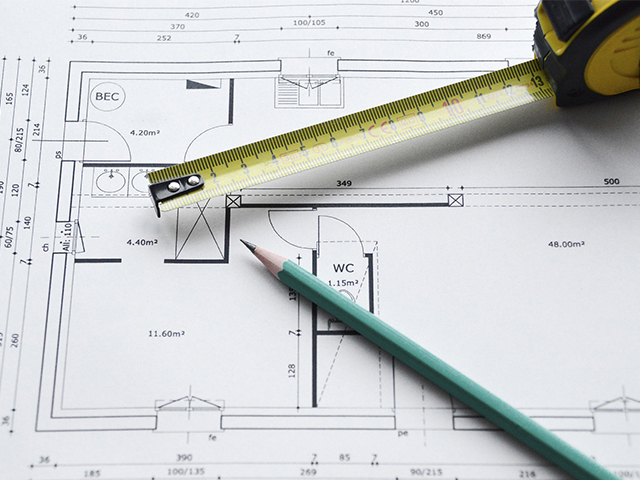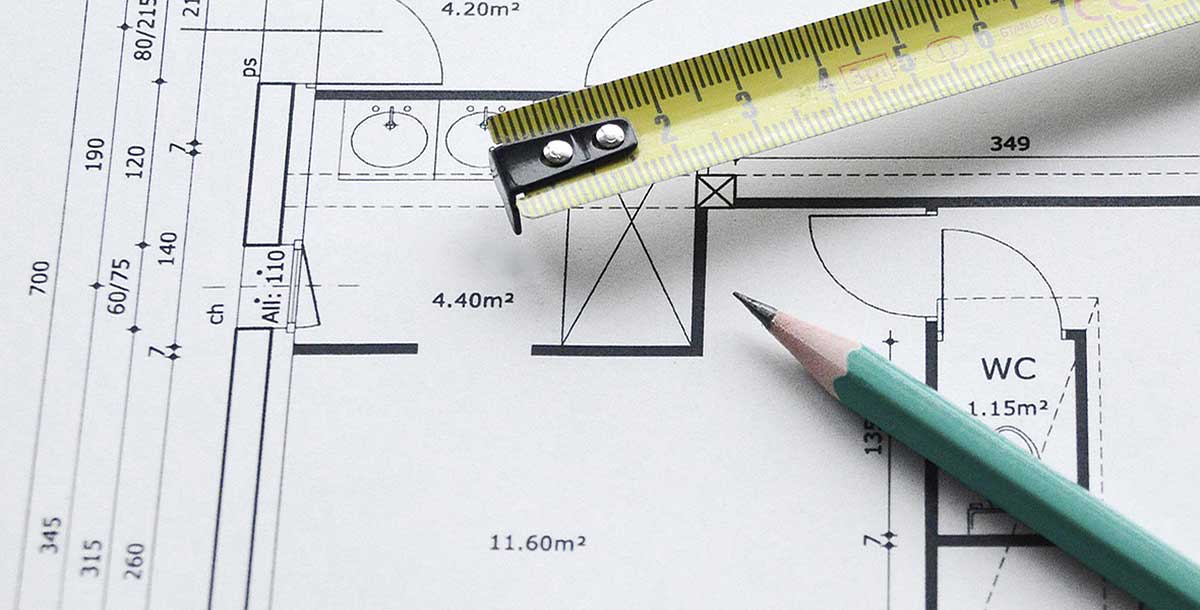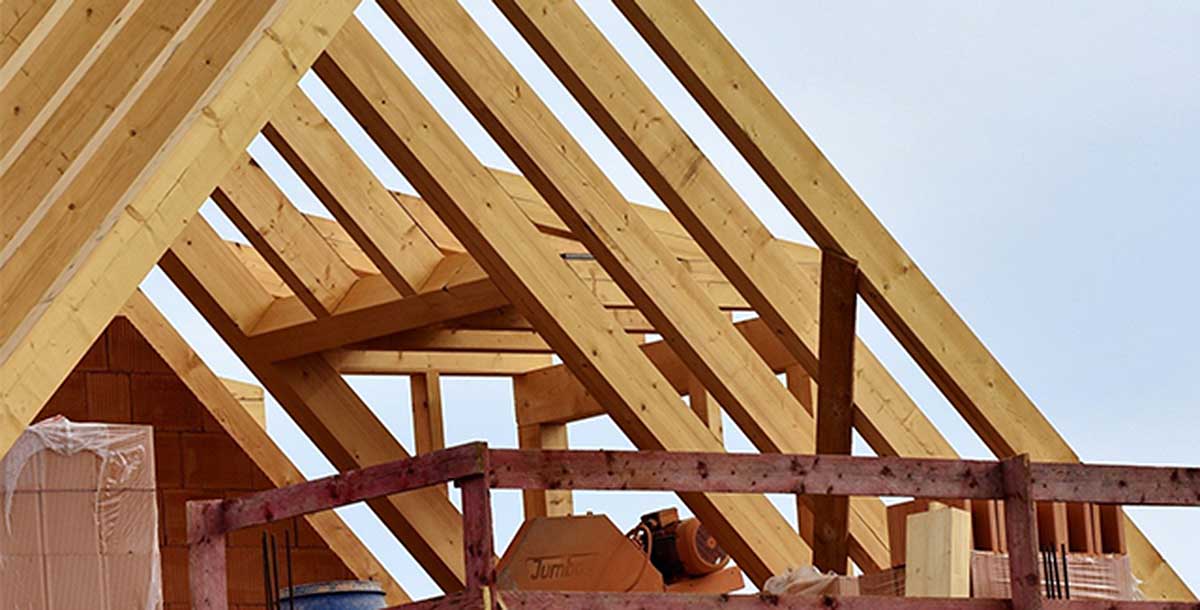What to do with flawed designs
Architects are not immune to making mistakes in the design of your home
Building your own home can be complicated and costly, even if each and every stage goes right, but it doesn’t take more than watching any given episode of Grand Designs to know that this is rarely the case.
However, while weather, delays in materials or problems with the builder’s work are all common issues, what do you do if your architect makes a mistake? After all, even a small mistake may require an expensive course of action to make right.
To start with on a project, look to minimise your risk by instructing a trusted architect with proper professional indemnity insurance. If an issue does arise look to mitigate your loss – can it be corrected by your architect or indeed another professional.
Taking legal action against your architect is unfortunate, but sometimes necessary, course of action, so Grand Designs magazine spoke to Michael Young, associate in the Professional Negligence team at Lime Solicitors to get to grips with the essentials of dealing with architect error.

Photo: Pixabay
How should I proceed?
Speak to the architect. If all else fails then look to go through their complaints procedure.
If an issue remains it is then best to look to send a Letter of Claim to the architect setting out why you think they have been negligent and what you require to put matters right. Such a letter is governed by Court protocol so it is wise to speak to solicitors at that point.
That letter will be the start of the ‘Pre-Action Process’ which is designed to allow parties to try and resolve their dispute using court civil procedure rules but without the need to escalate to issuing a claim with the Court.
What can I claim?
‘Each claim is different depending on the circumstances of the negligence,’ explains Young. As a general rule, your compensation level will at least be equivalent to putting you back in the position had the negligence not happened.

Photo: Pixabay
What time limits are in place?
To make a claim for professional negligence, you must make it within a critical window of time known as the ‘professional negligence limitation period’.
‘Generally, if your architect has failed to perform to the professional standards required of them, and you have suffered damage or loss as a result, you have 6 years from the date of the negligence occurring.’
There can be exceptions to this time limit, for example if you were not aware of the negligence until a later date. However, it is important to seek legal advice as early as possible to avoid any issues with limitation dates.
Funding claims
A claim through the Courts is costly, time-consuming and potentially risky so this should be an avenue of last resort. If you do take legal action, however, there are a few options open to you for funding a claim.
Check whether or not you have existing legal expenses insurance, as this will likely cover the cost of any claims made.
You can arrange a fixed fee with a solicitor, a traditional hourly rate retainers or work on a ‘No Win, No Fee’ basis. This may be more costly long term though, with a ‘success fee’ from your compensation paid to your solicitor if you win.










